How to Build a Fully Autonomous Multi-Chain Trading Bot With Your GraphLinq GraphAI Agent
If you’ve ever wanted to build a trading bot that actually runs end-to-end on its own—fetching data, scanning for opportunities, moving capital, executing trades, and managing risk across multiple EVM chains—GraphLinq makes that possible.
In this guide, we’ll show you how to build a fully automated trading bot that pulls live data, spots arbitrage opportunities, manages yield strategies, executes flash loans, safeguards capital, and even operates across multiple chains.
Whether you’re an experienced DeFi user or just getting started with automation, this blueprint explains how all the pieces fit together. Always start with your hipothesis - something you would like to verify with your bot.
Step 1: Prepare the Environment
Before building any flows, set up your working environment inside the GraphLinq IDE.
- First, connect your hosted wallet. In the dashboard, add a hosted wallet using:
Address:
Owner Public Key:
This wallet will be used for all automated transactions, so make sure it holds enough ETH/BNB for gas.
- Then enable your networks. Activate the chains your bot will operate on like GLQ Chain, Ethereum Mainnet, BNB Smart Chain or other supported chain..
- Add your RPC endpoints and, if you want smoother navigation, plug in your Etherscan, BSCScan API keys so GraphAI can give you quick, clickable links to every on-chain action your bot makes.
Connect your wallet to GraphAI, enter your OpenAI API key, and create your first AI agent (quick guide on how to set up GraphAI). After ask GraphAI to set up a flow where your bot compares token prices across multiple DEXs.
Step 2: Pull Market Data
Every automated strategy starts with market data. Your bot needs reliable price feeds, liquidity information, APYs, and token metadata before it can take action.
Use the search_token action to fetch contract addresses and identifiers, then feed them into get_token_price.
Price queries can include:
- USD price
- Market cap
- 24-hour volume
This gives your bot the live data needed to make trading decisions.
To explore trading opportunities, retrieve available Uniswap V3 pools using get_uniswap_pools, specifying token pairs and a network. This step helps your bot understand where liquidity is deepest and which fee tiers offer the best route for swaps.
Step 3: Build Your Strategy Logic
Now that your bot can read the market, you can define what it should do with that information. In GraphLinq, each strategy is built as a flow consisting of conditional checks and automated actions.
You can start with one strategy or combine several into a more advanced system. For example:
- Arbitrage Logic
When a price difference exceeds your threshold, it triggers a swap sequence on the cheaper market and a reverse swap on the more expensive one.
Typical conditions include:
- Price difference exceeds X%
- Liquidity in both pools is sufficient
- Gas cost is lower than expected profit
- Yield-Farming and LP Fee Harvesting
You can also ask GraphAI to add flows that regularly query lending platforms such as Aave or Compound to retrieve current APYs. When a better opportunity appears, your bot reallocates a portion of capital, deposits funds, and reinvests earned rewards automatically.
- Flash-Loan-Based Strategies
For high-velocity opportunities, you can build a flash-loan sequence:
- Borrow capital.
- Execute a multi-step arbitrage or liquidity shift.
- Repay the loan and fee within the same transaction.
The flow checks expected profit before executing to ensure the operation remains safe.
- Multichain Strategies
What’s more, you can set up multi-chain strategies with flows that react to events on other chains.
For example, you can set up a flow that keeps an eye on your wallet or contract on Ethereum. Once it sees a new deposit come in, it can pull fresh price data from an oracle or The Graph to confirm market conditions. If everything checks out, the bot then executes the corresponding trade or yield action on GLQ, BSC or ETH.
Step 4: Add Risk Controls
Risk management is essential for any autonomous trading system. In the IDE, you can place conditional checks that act as guardrails for every transaction.
Common controls include:
- Slippage limits: Stop execution if slippage exceeds 0.5%.
- Gas caps: Prevent transactions when gas prices spike.
- Exposure limits: Restrict how much of the wallet can be allocated to one strategy.
- Stop-loss triggers: Exit positions when losses reach your set boundary.
These checks allow the bot to operate continuously without exposing your wallet to unnecessary risk.
Step 5: Execute Trades On-Chain
At this stage, your bot already knows what it wants to do (your strategy logic) and when it should act (your triggers and risk checks). The next step is teaching it how to actually send transactions on-chain. This is where execution flows come in.
To make a trade, your bot uses the uniswap_v3_swap action (or the equivalent DEX swap action for other chains).
You can specify:
- Token in/out
- Amount
- Allowed slippage
- Wallet and owner public key
But before the transaction goes live, it’s best to make sure it’s worth sending and likely to succeed. Ask GraphAI to simulate your flow.Use your safety blocks to:
- Estimate gas to check current fees
- Optimize parameters so the bot doesn’t overspend
- Simulate the transaction with the same inputs your final swap would use
If the simulation shows low likelihood of success or insufficient liquidity, the bot cancels the action.
Step 6: Automate Your Bot
Once individual flows are working, group them together and attach triggers.
You can run flows based on:
- Time intervals (every minute, hour, or day)
- New blocks
- Price thresholds
- Reward claim events
- Liquidity changes
Versioning lets you maintain multiple bot iterations and deploy updates without interrupting existing flows.
Step 7: Monitor & Optimize
With everything deployed, you'll want visibility into your bot’s performance.
GraphLinq can feed:
- Transaction logs
- Gas usage
- Slippage outcomes
- Per-flow profits
- Wallet balance changes
into dashboards built with GraphAI
This helps you see how profitable the bot is in real time and spot where your strategy might need a tweak.


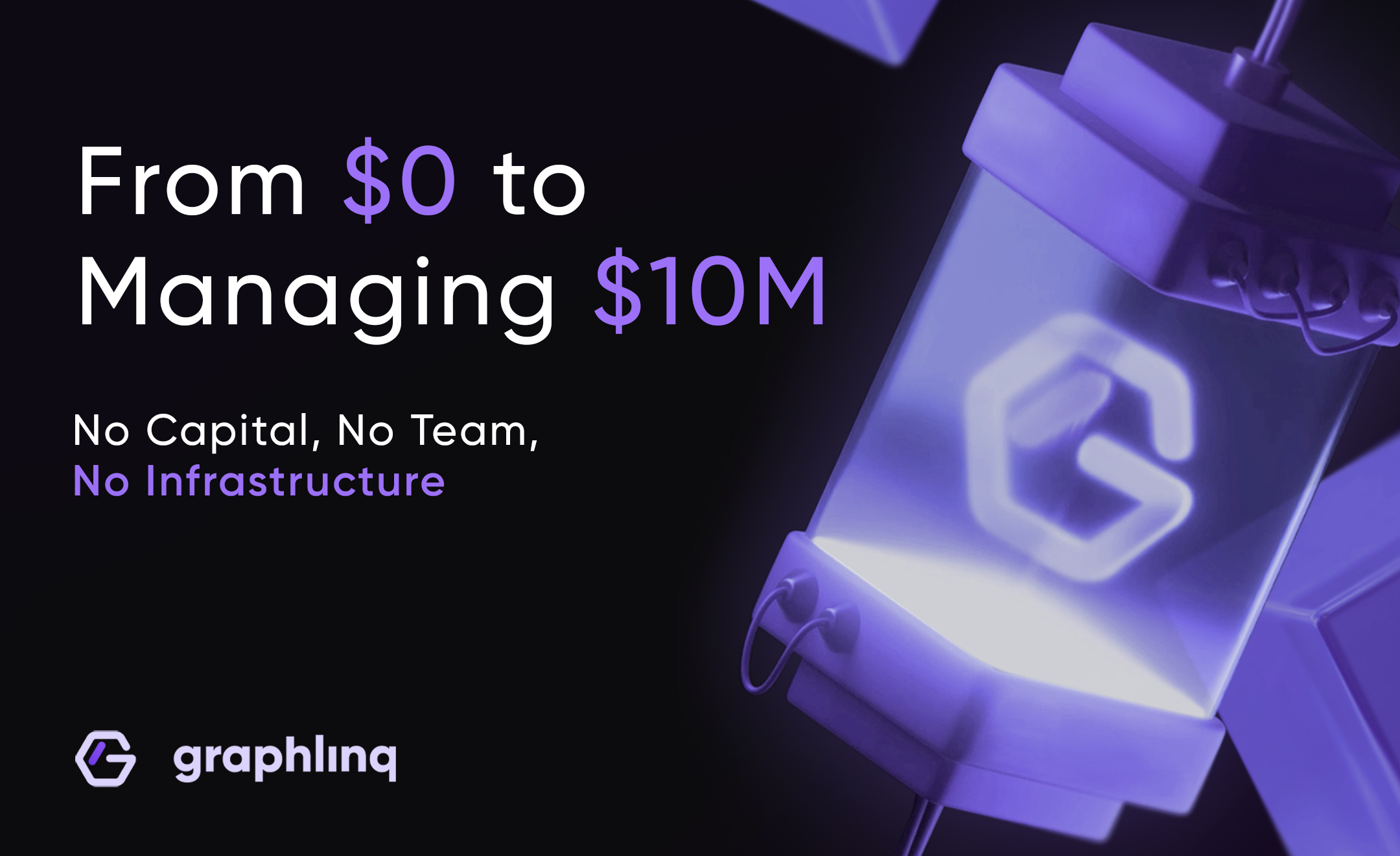
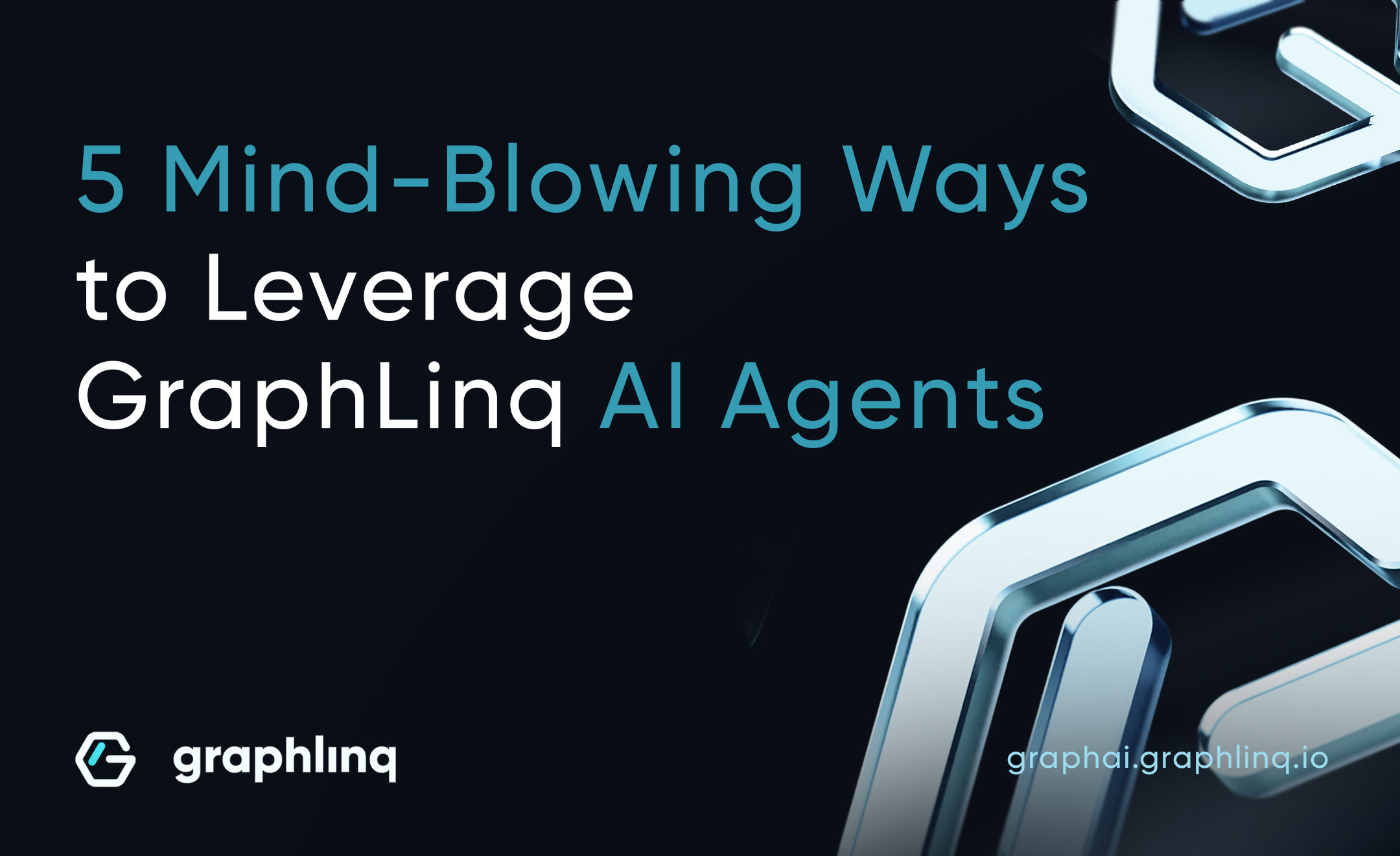
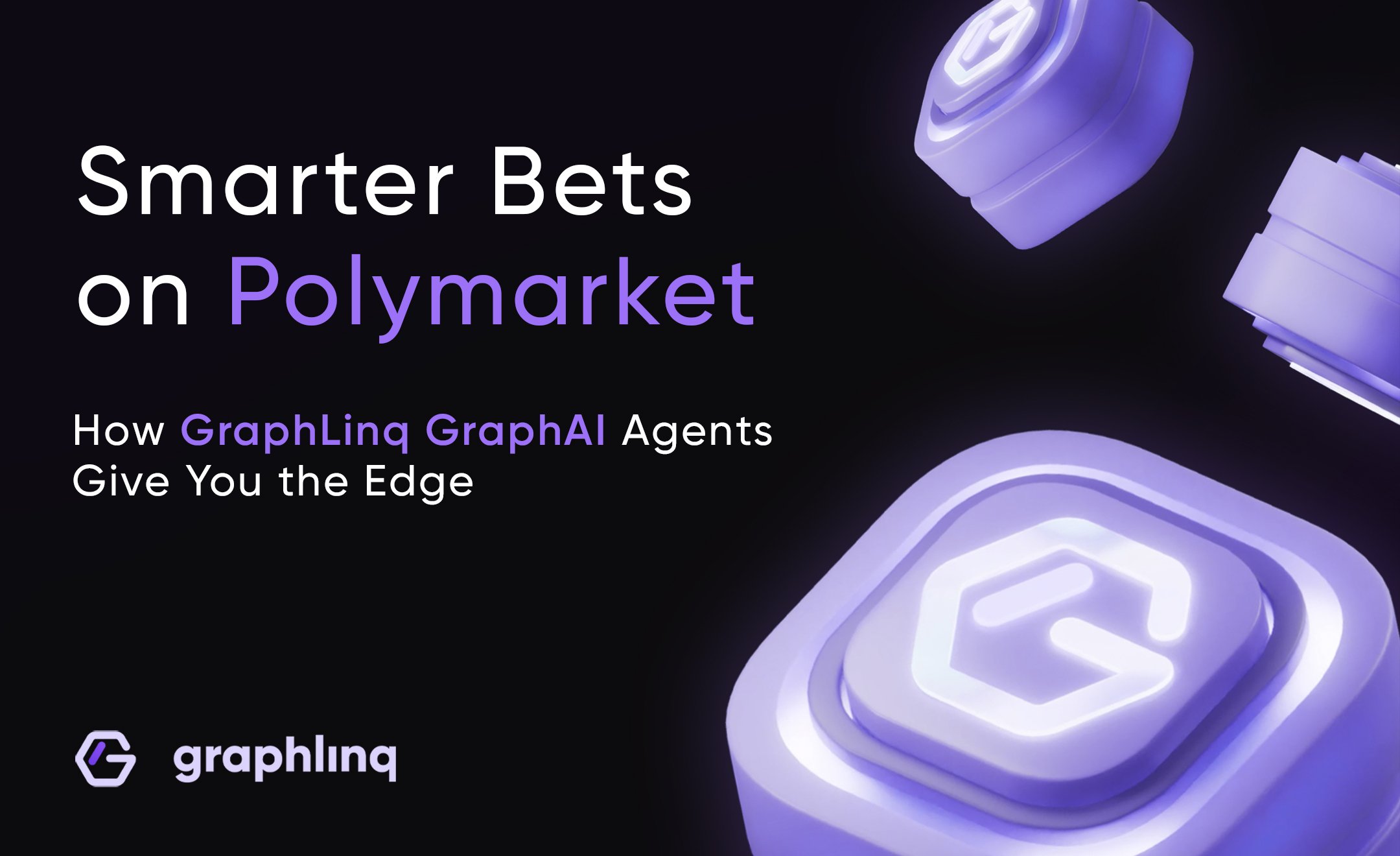
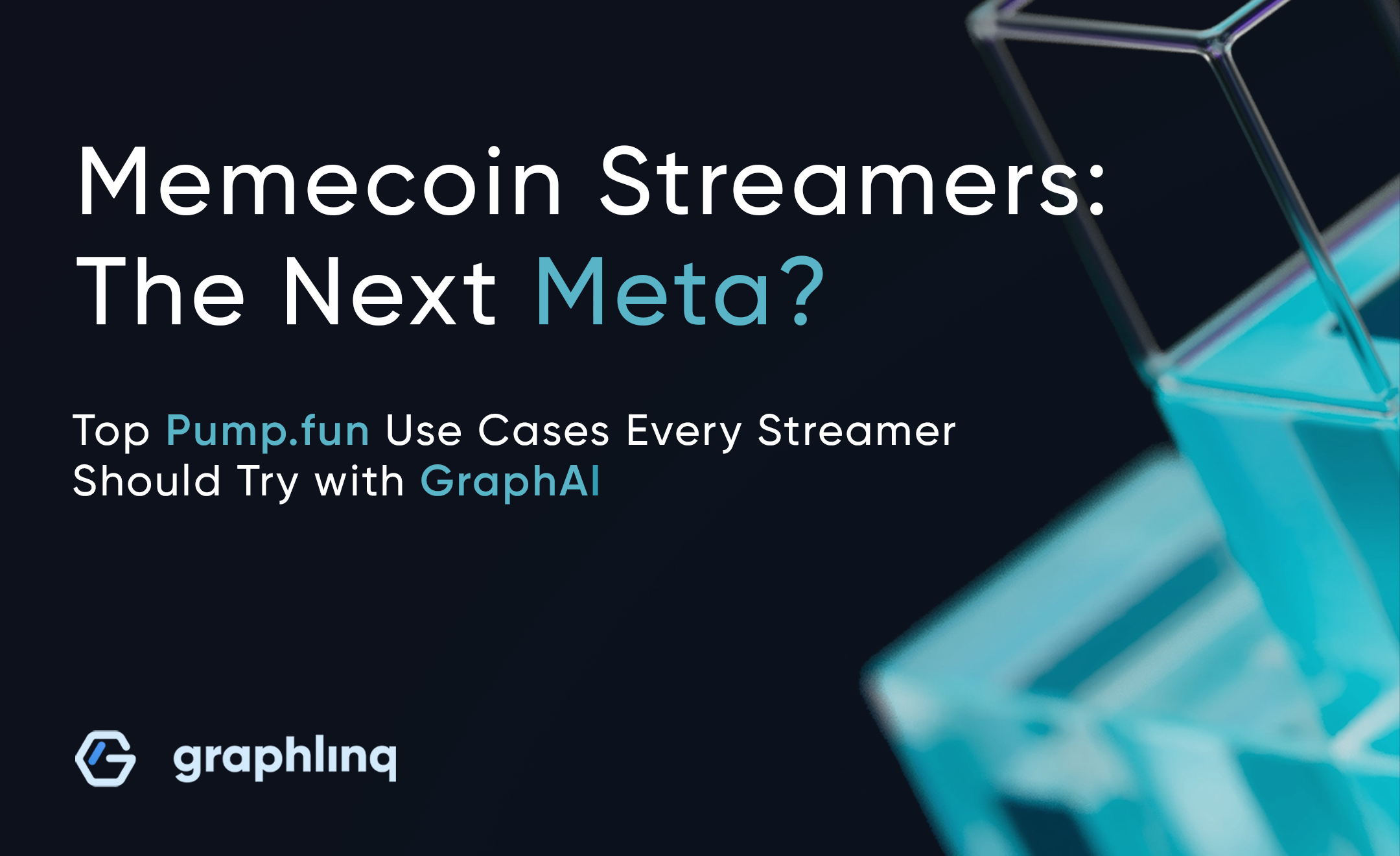




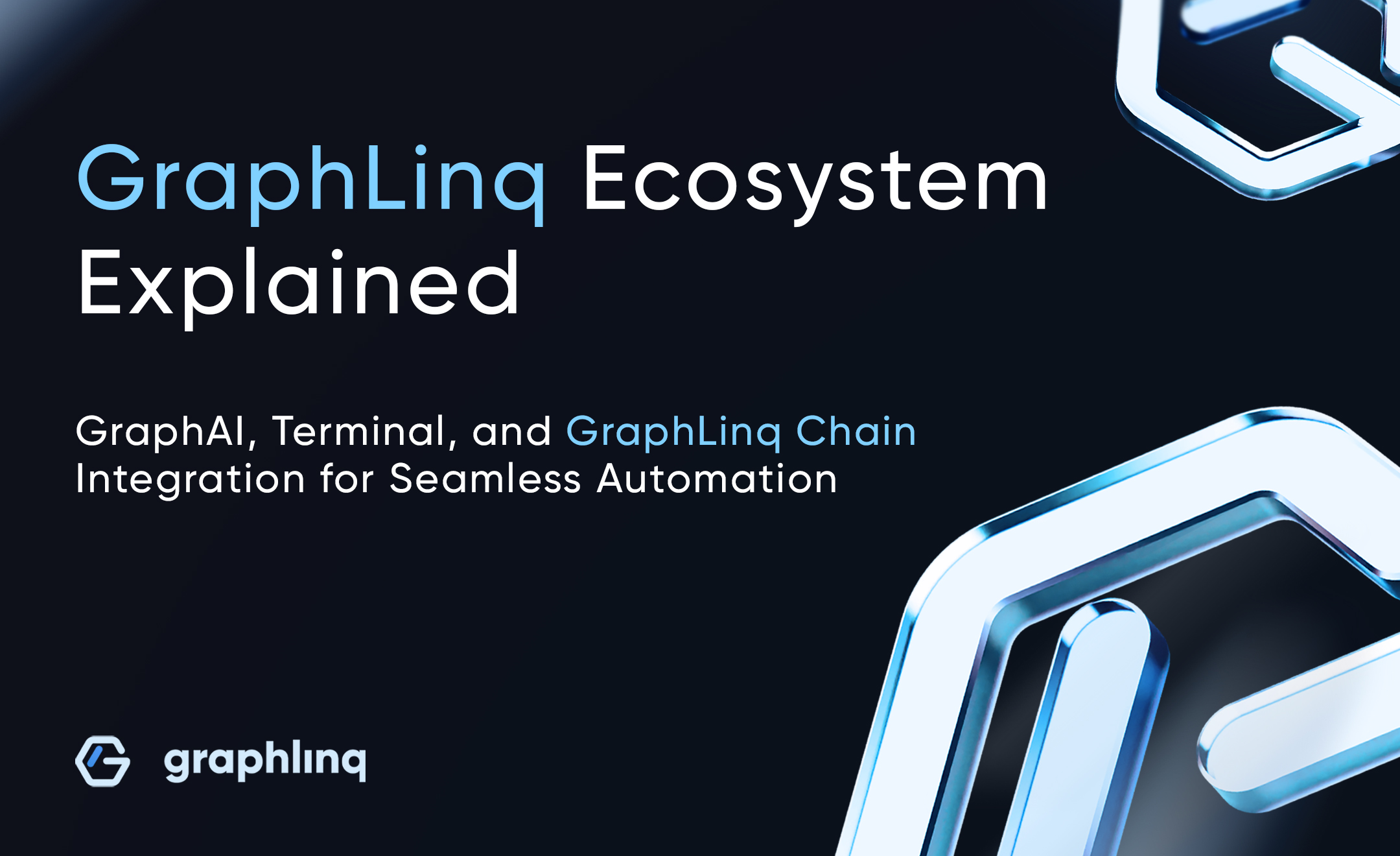

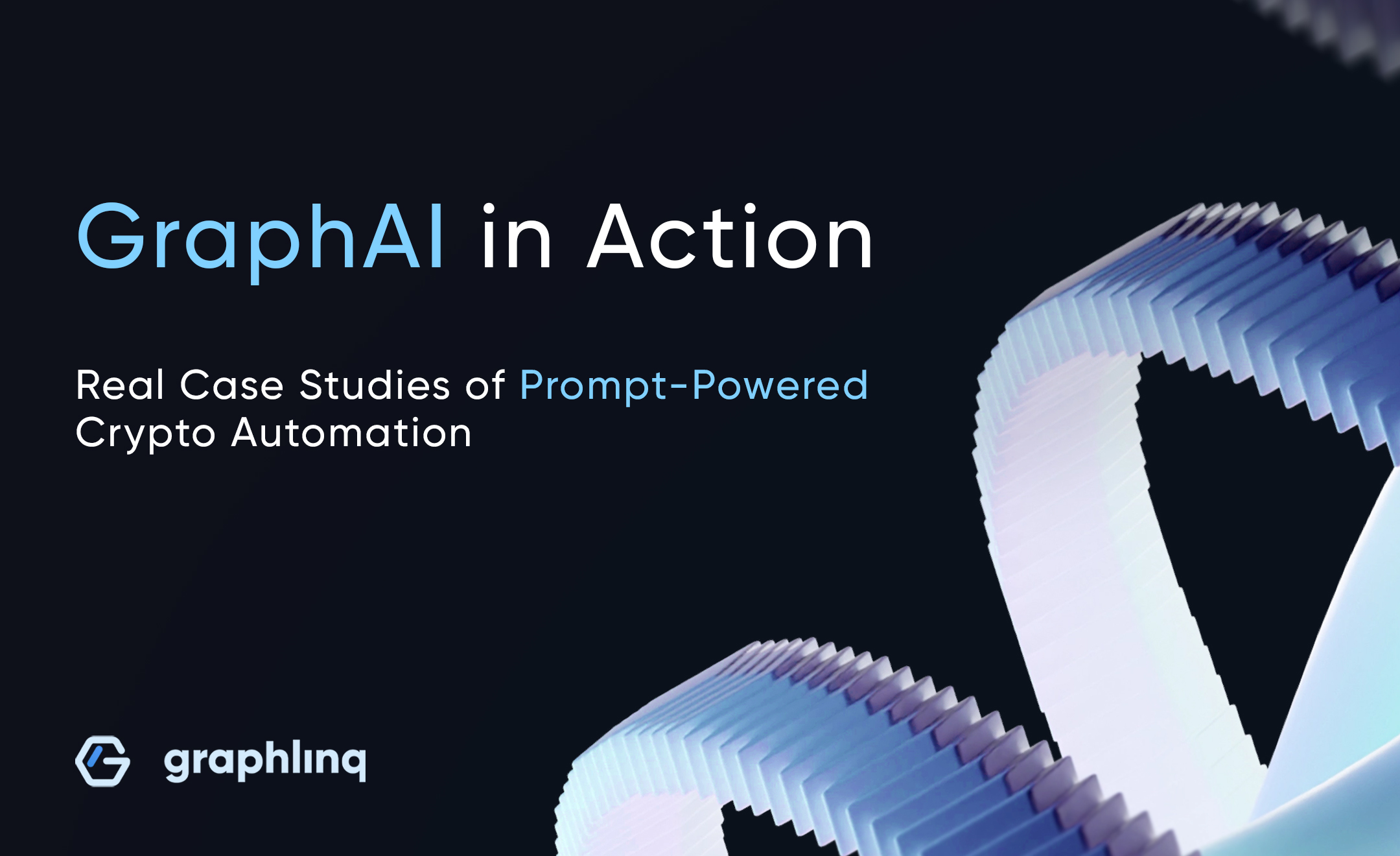
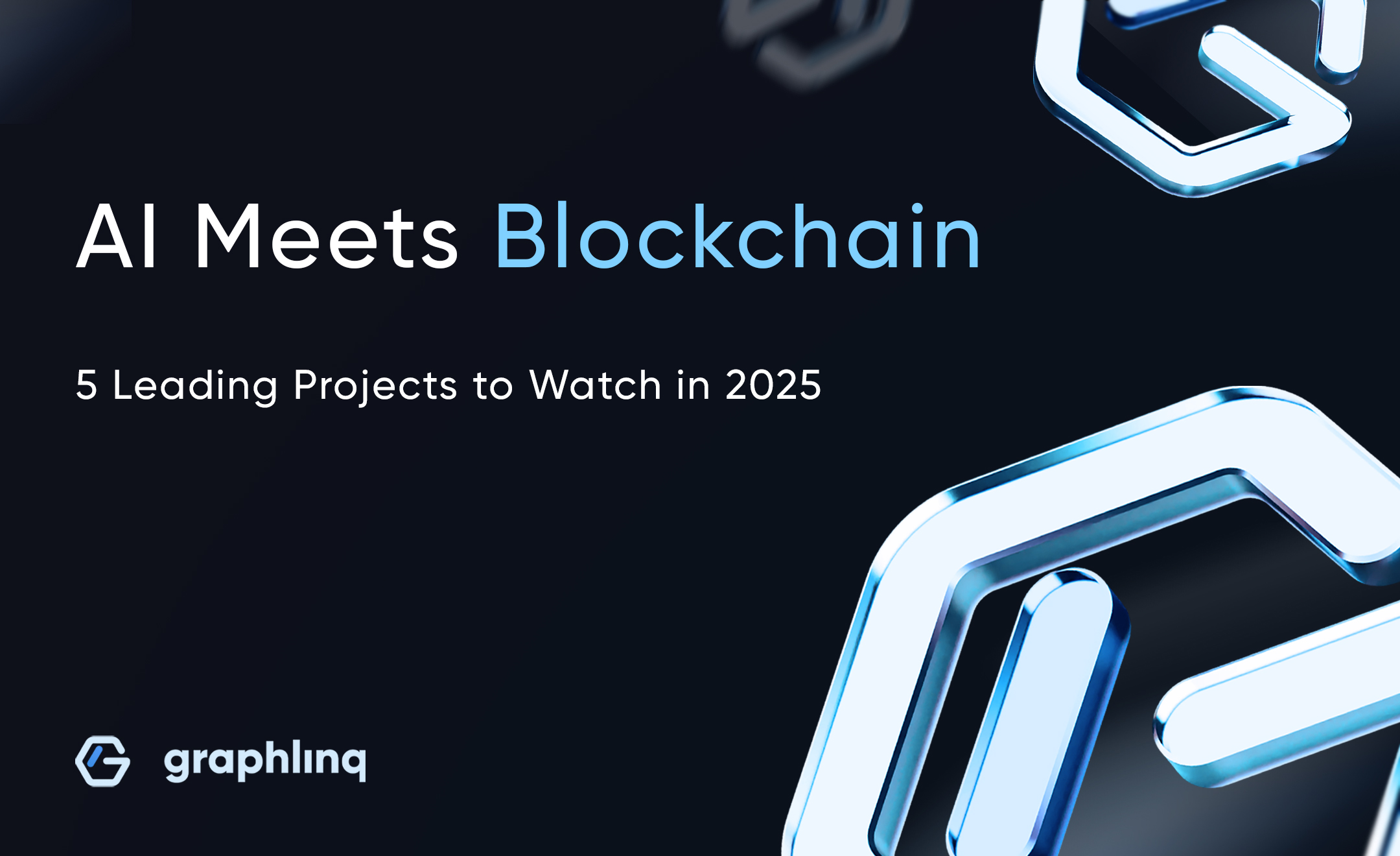





%20Do%20Bitcoin%20Cycles%20Still%20Work_.jpg)
%20What%E2%80%99s%20Next%20for%20Bitcoin%20in%202025_.jpg)



%20What%20Is%20a%20Crypto%20Swap.jpg)






























.jpg)
%20How%20to%20Find%20New%20Cryptocurrencies%20%20Worth%20Investing%20In.jpg)
%20Understanding%20Cryptocurrency.jpg)

.jpg)

A%20Comprehensive%20Guide%20to%20Altcoin%20Season.jpg)
%20cases%20and%20Future%20of%20Ai%20in%20Crypto.jpg)
%20How%20to%20Create%20Your%20Own%20MetaMask%20Wallet.jpg)
%20How%20to%20use%20your%20Crypto%20wallet%20safely.jpg)
What%20is%20a%20smart%20contract.jpg)
%20How%20to%20Protect%20Against%20Crypto%20Scams%20and%20Ponzi%20Schemes.jpg)









